In a world where notifications ping every few seconds and screens dominate our daily lives, finding a place to truly disconnect has become almost impossible. Mountain hideaways offer something our hyperconnected society desperately needs: genuine solitude where the only signal you’ll receive comes from nature itself.
These remote retreats aren’t just about escaping Wi-Fi; they’re about rediscovering what it feels like to be fully present in the moment. The beauty of these off-grid destinations lies in their ability to strip away digital distractions while surrounding you with some of the most breathtaking landscapes on Earth.
Here is a list of 17 mountain hideaways where internet access is nonexistent, allowing you to reconnect with yourself and the natural world around you.
Glacier Peak Wilderness, Washington
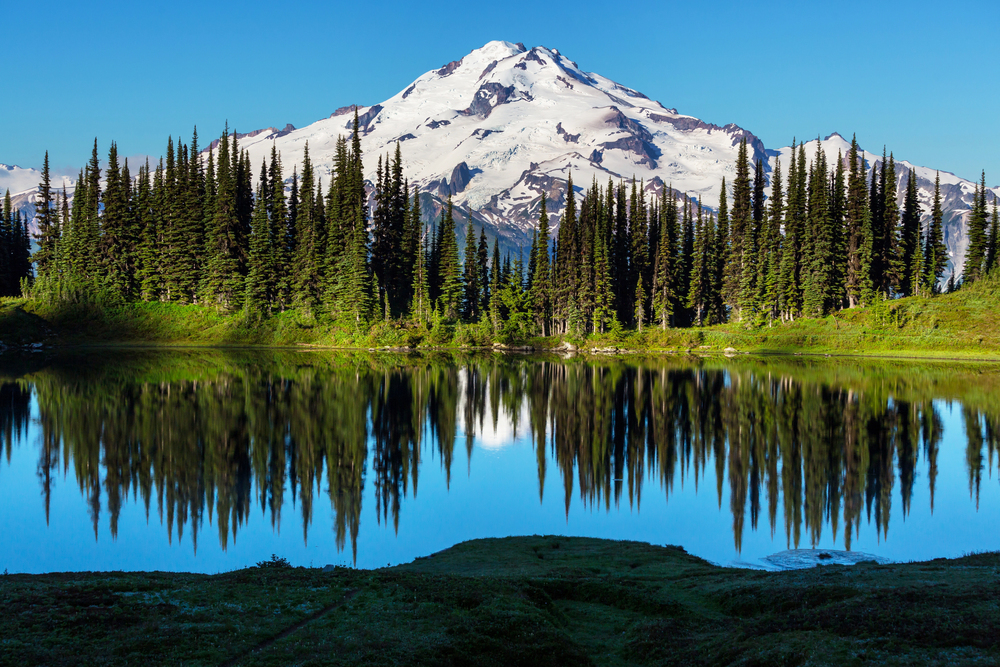
Tucked away in the North Cascades, Glacier Peak Wilderness feels like stepping into another century, where cell towers and Wi-Fi passwords never existed. This 566,000-acre wilderness area maintains its pristine character precisely because modern conveniences can’t reach its remote valleys and towering peaks.
The rugged terrain acts as a natural barrier against digital intrusion, creating pockets of solitude that feel almost sacred. Hikers here trade Instagram stories for real stories told around campfires, discovering that the most memorable moments happen when nobody’s watching through a screen.
Bob Marshall Wilderness, Montana
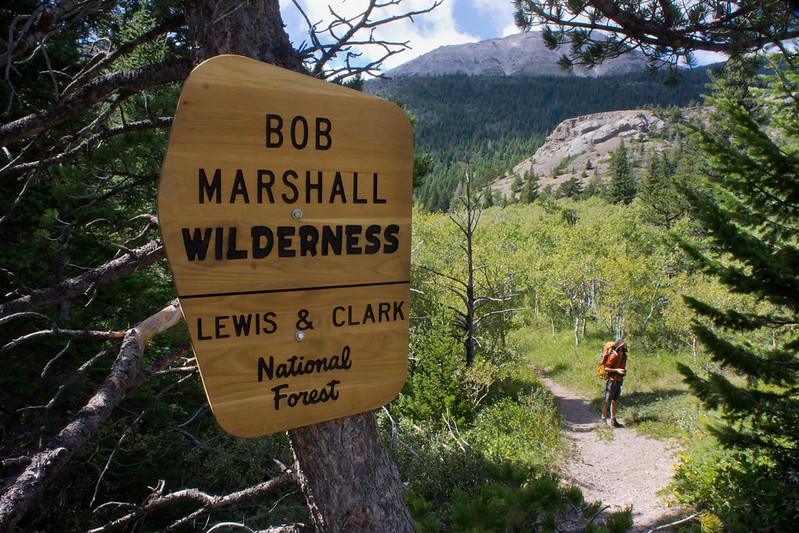
Montana’s Bob Marshall Wilderness spans over a million acres of untouched backcountry where the only networks are animal trails and the connections you make with fellow adventurers. The Continental Divide runs right through this massive wilderness, creating a landscape so remote that even satellite signals struggle to penetrate its depths.
Getting here requires serious commitment — most access points involve multi-day hikes that naturally filter out casual visitors. The reward is an experience that feels like time travel, where your biggest concern becomes whether you packed enough trail mix rather than whether your phone has enough battery.
Like Travel Pug’s content? Follow us on MSN.
Boundary Waters Canoe Area, Minnesota
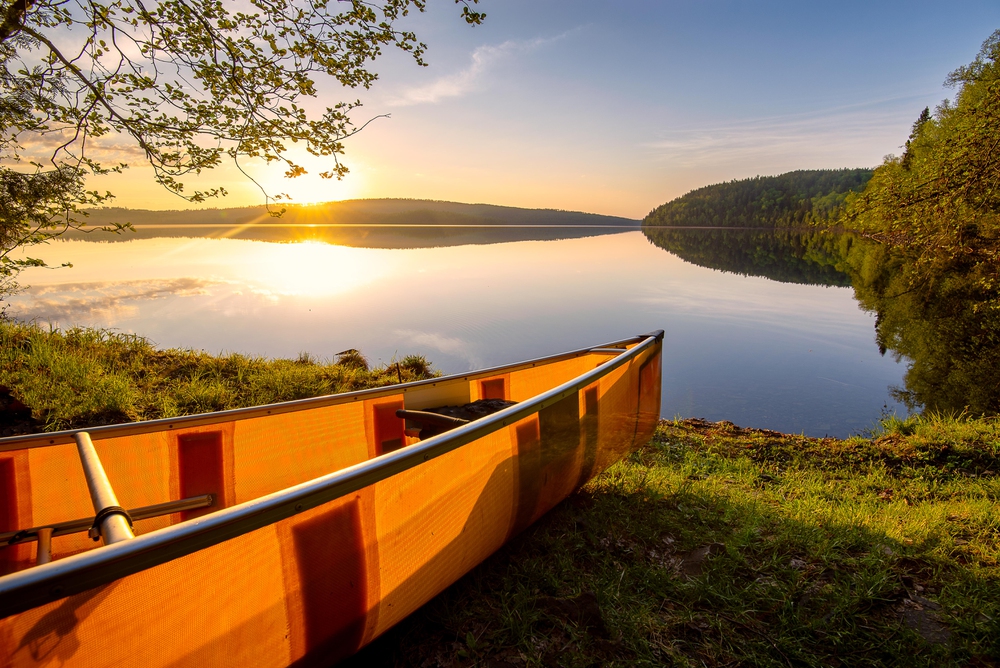
While technically spanning both forest and water, the Boundary Waters’ remote islands and backcountry campsites offer mountain-like isolation without a single bar of service. This million-acre wilderness straddles the Minnesota-Ontario border, creating a labyrinth of lakes and granite outcroppings that swallow electronic signals whole.
Paddlers here navigate by compass and instinct, relying on skills that GPS has made nearly obsolete elsewhere. The silence in these remote corners is so complete that the splash of a paddle can sound thunderous, reminding you just how noisy the connected world really is.
Gates of the Arctic National Park, Alaska
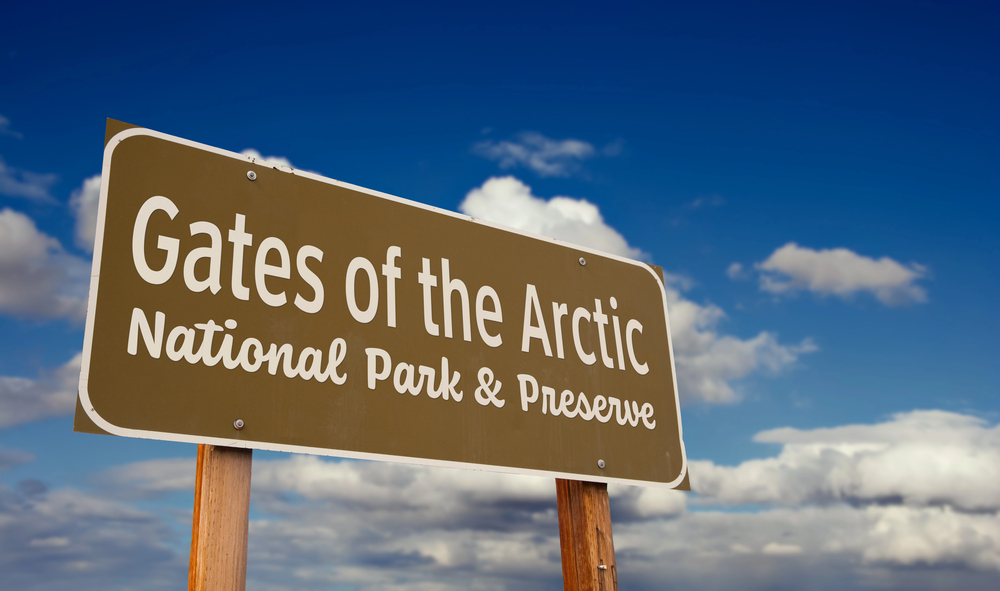
Alaska’s Gates of the Arctic represents the ultimate digital detox destination, where the nearest cell tower might as well be on another planet. This 8.4-million-acre park has no roads, no trails, and definitely no internet cafes — just endless wilderness that dwarfs most entire states.
The Brooks Range mountains create a natural fortress against modern intrusion, preserving an environment that looks much the same as it did 10,000 years ago. Visitors here learn to navigate by landmarks and intuition, skills that feel both ancient and surprisingly refreshing in our GPS-dependent age.
Maroon Bells-Snowmass Wilderness, Colorado
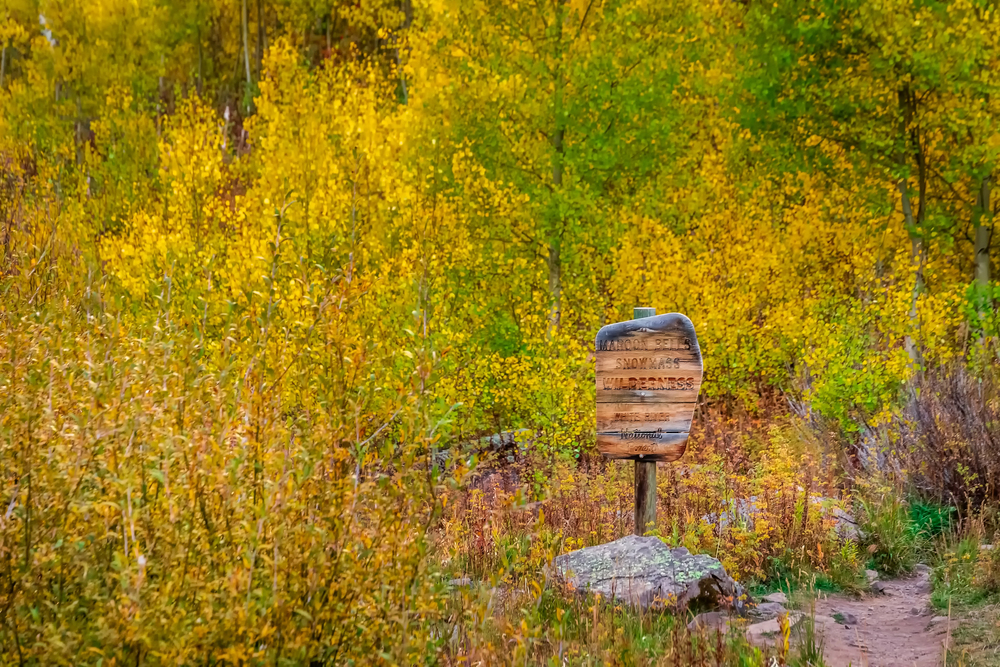
The Maroon Bells area might be Colorado’s most photographed peaks, but venture beyond the Instagram-famous viewpoints and you’ll find vast wilderness areas where cameras are useless without service to share their contents. This 181,000-acre wilderness encompasses some of the Rockies’ most challenging terrain, where jagged peaks and deep valleys create natural dead zones.
Backpackers here discover that without constant photo-sharing pressure, they actually spend more time looking at scenery rather than through viewfinders. The absence of digital connection transforms these mountains from a backdrop for social media into a genuine adventure playground.
Like Travel Pug’s content? Follow us on MSN.
Frank Church-River of No Return Wilderness, Idaho
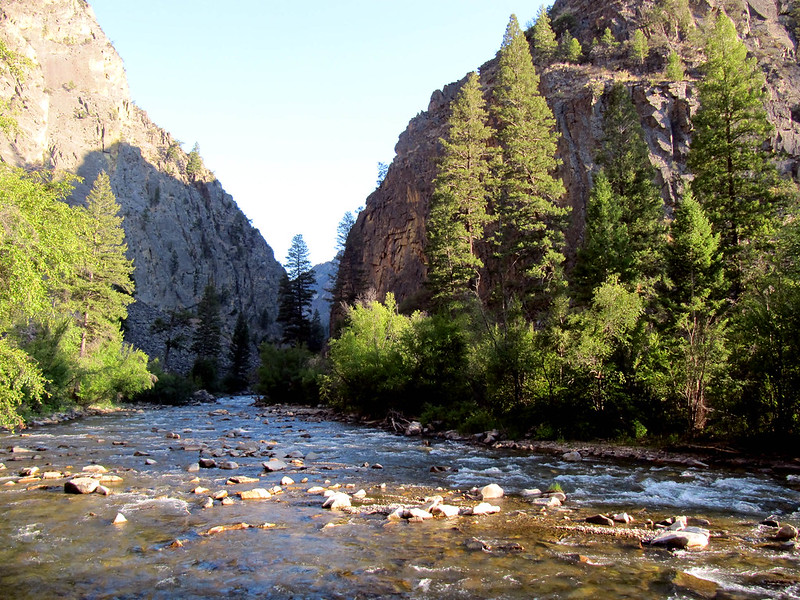
Idaho’s Frank Church Wilderness earns its dramatic name honestly — this 2.3-million-acre expanse represents the largest wilderness area in the lower 48 states, where getting lost means really getting lost. The Salmon River cuts through the heart of this wilderness, creating a canyon system so deep and remote that even emergency beacons sometimes struggle to find satellites.
River runners and backpackers here operate on wilderness time, where schedules become suggestions and the only deadline is sunset. The digital silence forces visitors to develop patience and presence that most people forgot they possessed.
Ansel Adams Wilderness, California
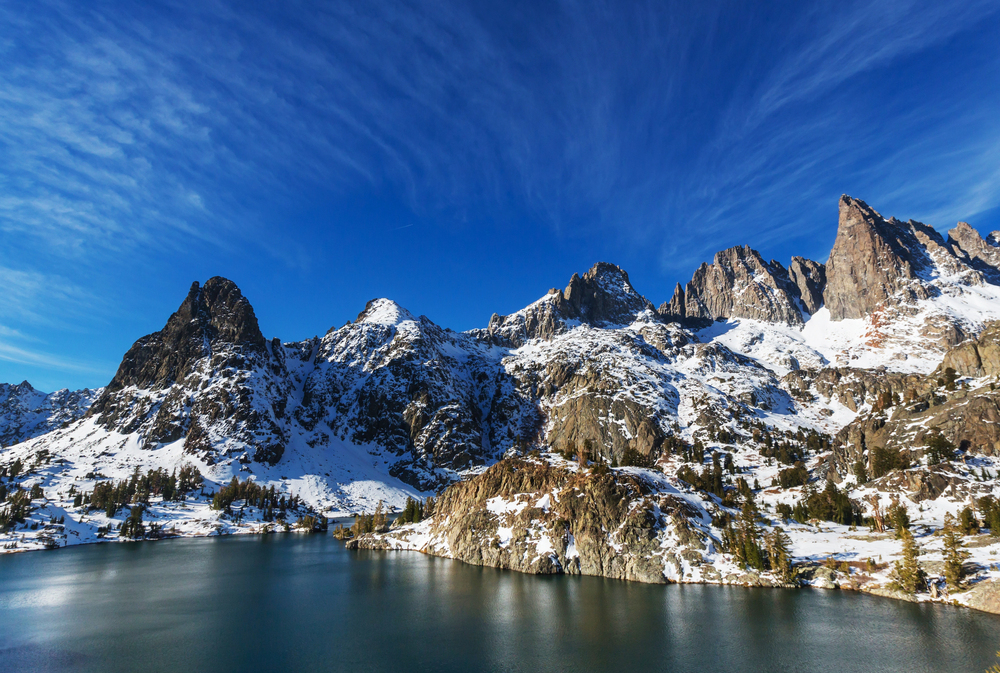
Named after the famous photographer who captured wilderness without needing to share it instantly, the Ansel Adams Wilderness in the Sierra Nevada offers the kind of solitude that inspired his greatest works. This 231,000-acre wilderness sits adjacent to Yosemite, but its remote lakes and granite peaks see a fraction of the park’s crowds. Alpine basins here remain virtually untouched by modern communication, creating natural studios where the only editing happens in your memory.
Hikers discover that without the urge to document every moment, they actually experience more of them.
Absaroka-Beartooth Wilderness, Montana/Wyoming
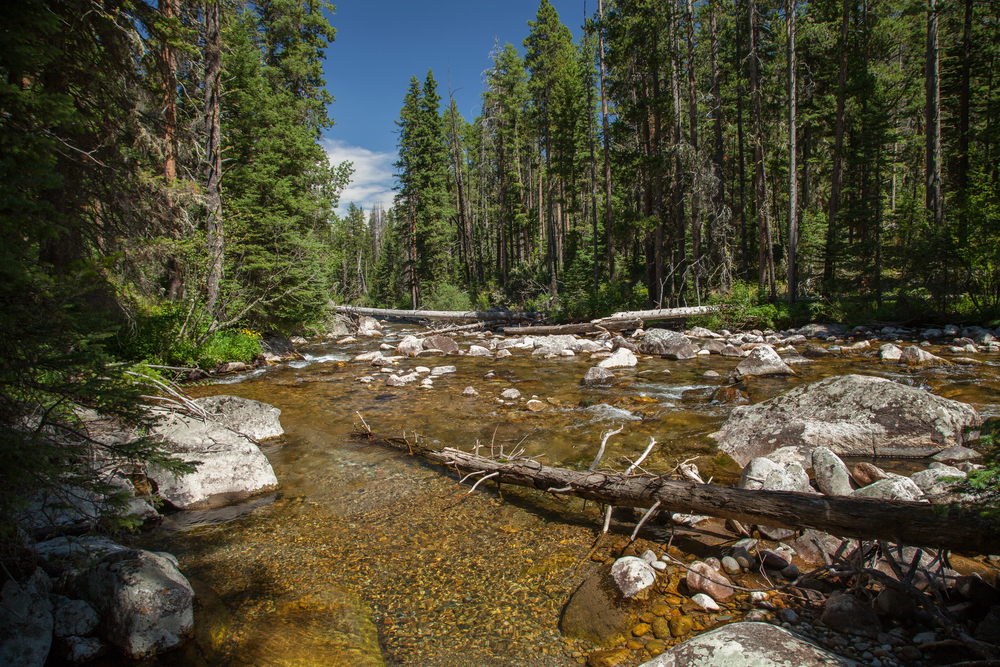
Straddling the Montana-Wyoming border, the Absaroka-Beartooth Wilderness contains some of the most remote high-country terrain in the lower 48 states. This 944,000-acre wilderness features the Beartooth Plateau, a massive high-altitude expanse where weather changes faster than any app could predict.
The combination of elevation and remoteness creates a communications blackout that forces visitors to rely on traditional wilderness skills. Mountain climbers here learn to read weather patterns in clouds rather than forecasts, developing an intimate relationship with the environment that no amount of technology can replicate.
Like Travel Pug’s content? Follow us on MSN.
Weminuche Wilderness, Colorado
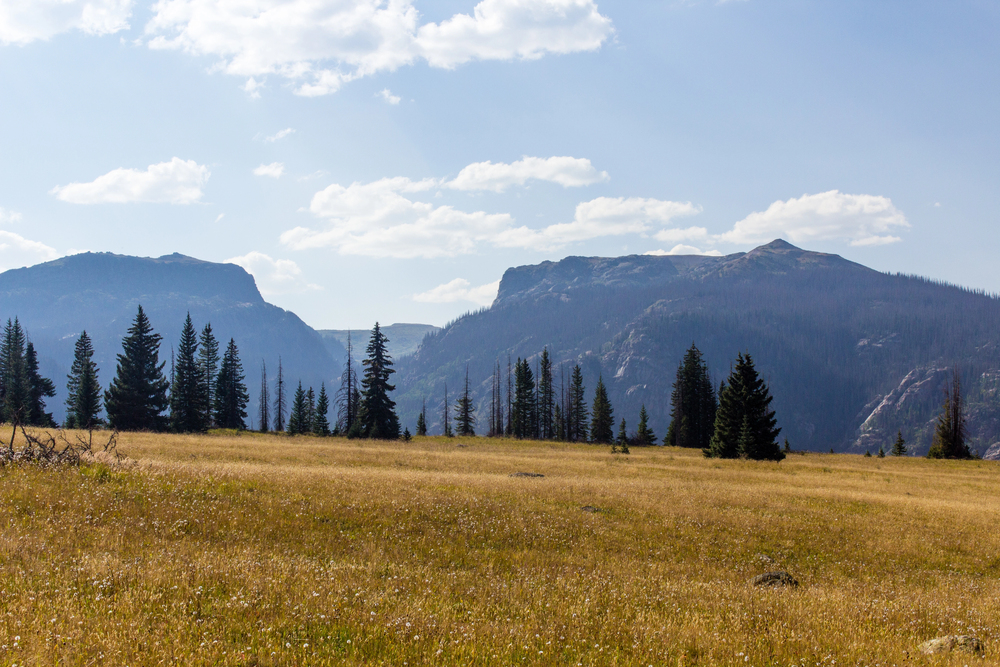
Colorado’s largest wilderness area, the Weminuche Wilderness spans 499,000 acres of San Juan Mountains terrain so rugged that even seasoned backpackers find it challenging. The Continental Divide Trail passes through this wilderness, but most sections see fewer hikers in a month than popular day hikes see in an hour.
Remote basins and 14,000-foot peaks create a landscape where the only networks are game trails and the connections you make with the handful of other adventurers brave enough to venture this deep. The silence here is so profound that it takes days to adjust to the absence of background electronic noise.
Selway-Bitterroot Wilderness, Idaho/Montana
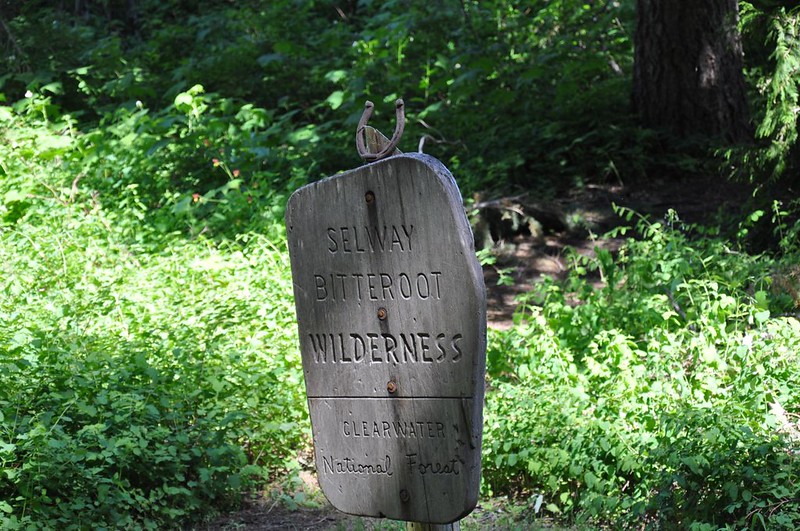
The Selway-Bitterroot Wilderness covers 1.3 million acres along the Idaho-Montana border, creating one of the most extensive communication-free zones in the continental United States. This wilderness helped inspire the original Wilderness Act of 1964, and its remote valleys still embody the untamed spirit that legislation sought to protect.
Dense forests and steep mountain terrain create natural barriers that electronic signals simply cannot penetrate. Visitors here experience what true wilderness meant before satellites and cell towers began mapping every corner of the planet.
John Muir Wilderness, California
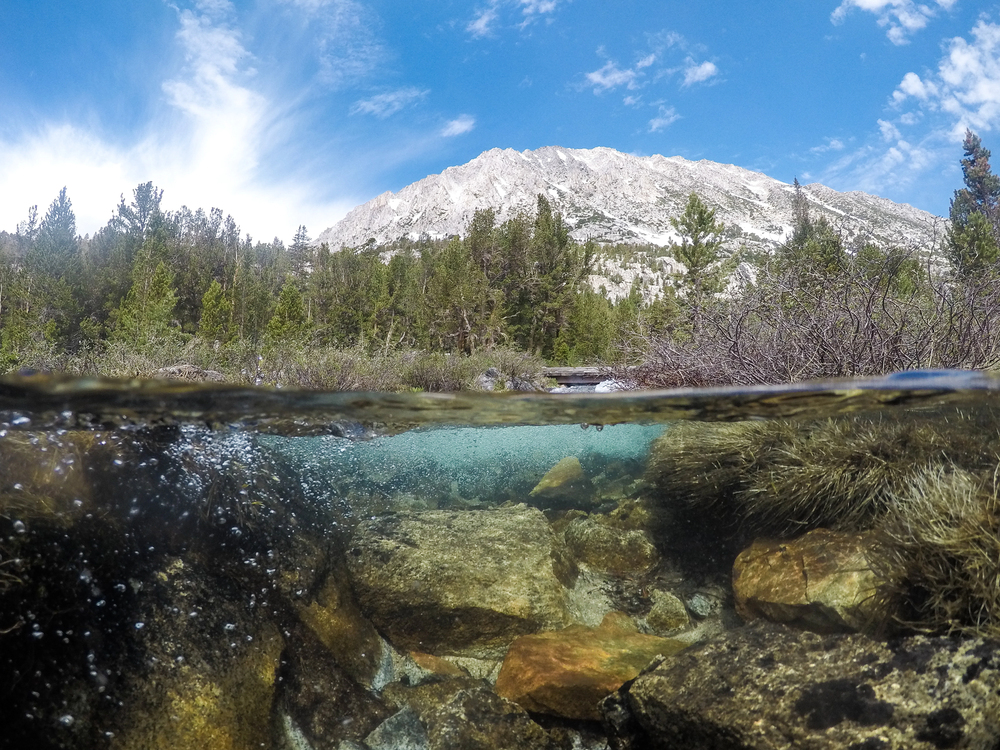
California’s John Muir Wilderness encompasses 652,000 acres of Sierra Nevada high country where the famous naturalist found inspiration in silence and solitude. The wilderness includes portions of the High Sierra Camps area, but extends far beyond into remote basins where few modern hikers venture.
Alpine lakes reflect peaks that have remained unchanged since Muir’s time, creating a timeless quality that digital connection would only diminish. Backpackers here follow in Muir’s footsteps not just physically, but experientially, discovering the profound peace that comes from true disconnection.
Like Travel Pug’s content? Follow us on MSN.
Bridger Wilderness, Wyoming
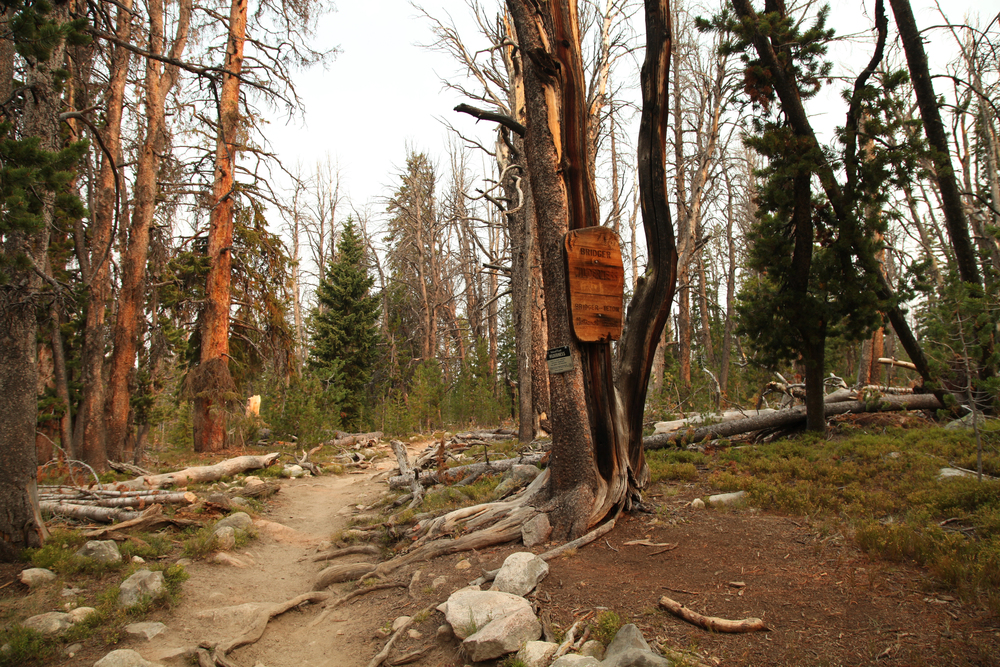
Wyoming’s Bridger Wilderness in the Wind River Range offers 428,000 acres of pristine alpine country where the only towers are natural granite spires reaching toward empty skies. This wilderness contains some of Wyoming’s most remote lakes and peaks, accessible only by foot through terrain that challenges even experienced mountaineers.
The Continental Divide creates a natural barrier that seems to repel modern intrusion, preserving an environment where silence reigns supreme. Climbers and backpackers here discover that without constant digital input, their senses become remarkably more acute to subtle environmental changes.
Glacier National Park Backcountry, Montana
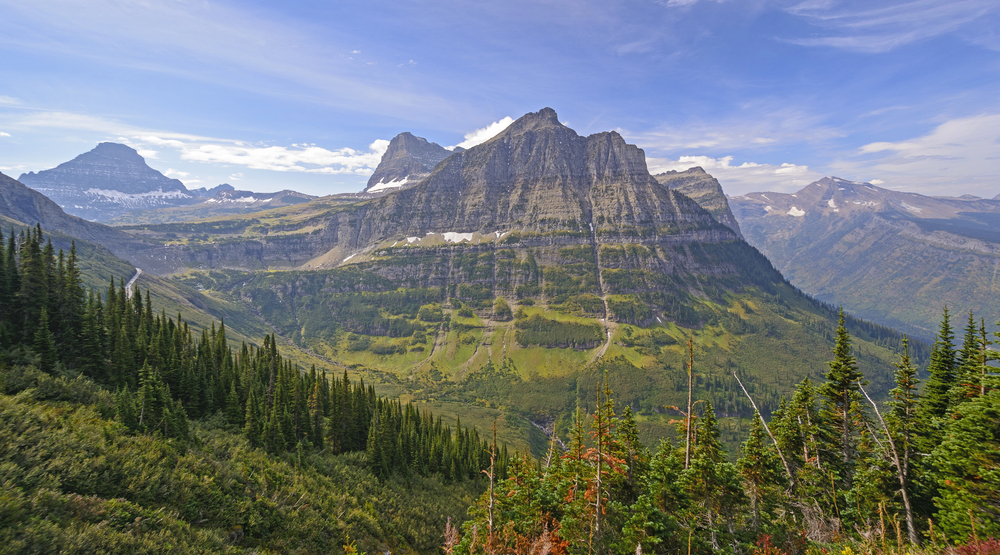
While Glacier National Park’s main roads offer some connectivity, the park’s vast backcountry represents nearly one million acres of communication-free wilderness. Remote valleys like the North Fork area remain as isolated as they were when Native Americans first traversed these ancient paths.
The park’s position along the Continental Divide creates weather patterns that would challenge any forecasting app, forcing visitors to develop traditional skills for reading natural signs. Backpackers here learn that grizzly country demands full attention to the immediate environment rather than distant digital distractions.
Pasayten Wilderness, Washington
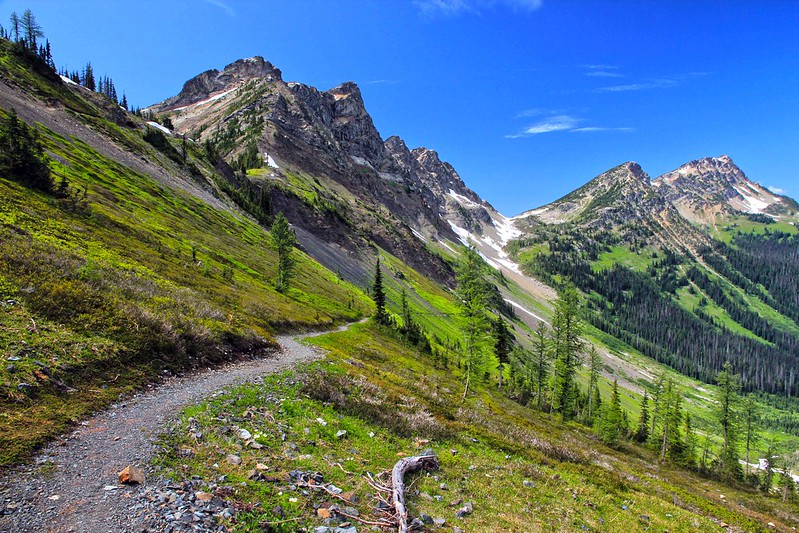
Washington’s Pasayten Wilderness spans 531,000 acres along the Canadian border, creating a cross-border wilderness where the only international connection is shared wildlife migration patterns. This remote wilderness sees relatively few visitors despite its impressive size, partly because accessing its interior requires serious commitment and wilderness skills.
The North Cascades’ notorious weather patterns create conditions where electronic devices become unreliable even when they theoretically should work. Hikers here discover that navigation by map and compass becomes not just necessary but surprisingly enjoyable once you remember how to do it.
Like Travel Pug’s content? Follow us on MSN.
Scapegoat Wilderness, Montana
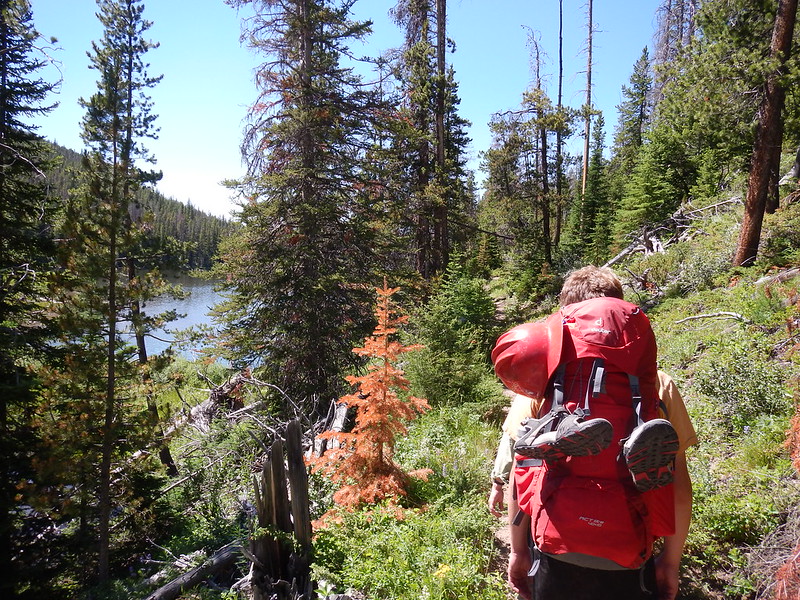
Montana’s Scapegoat Wilderness covers 239,000 acres of Bob Marshall Wilderness Complex, offering some of the most remote backcountry access in the Northern Rockies. The Chinese Wall, a massive limestone cliff formation, creates a natural barrier that seems to deflect all forms of modern communication.
This wilderness maintains its wild character precisely because it remains difficult to reach and impossible to stay connected while visiting. Hunters and backpackers here operate on seasonal rhythms rather than digital schedules, rediscovering patience and presence that constant connectivity erodes.
Eagle Cap Wilderness, Oregon
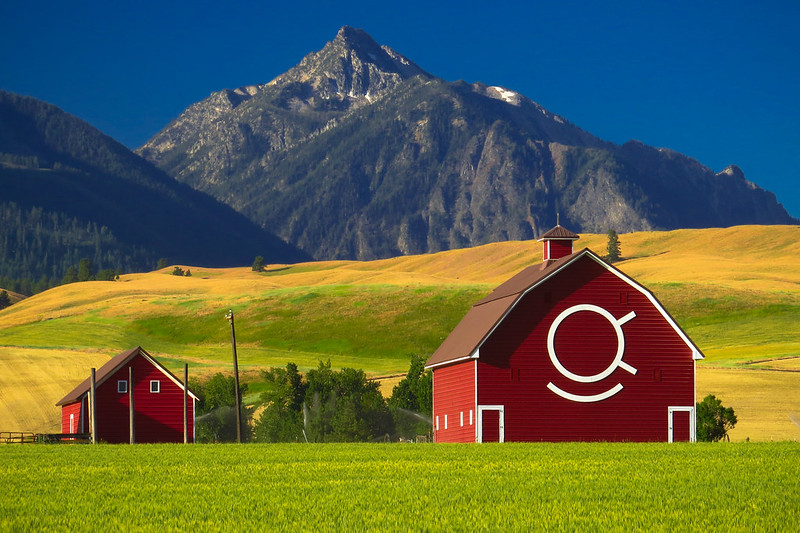
Oregon’s Eagle Cap Wilderness encompasses 361,000 acres of Wallowa Mountains terrain that locals call the ‘Alps of Oregon’ — and like the original Alps, these peaks create natural communication barriers. The wilderness features pristine alpine lakes and glacially carved valleys that remain untouched by modern infrastructure.
Remote access points require multi-day hikes that naturally filter out casual visitors, creating an environment where serious wilderness enthusiasts can experience true solitude. The absence of digital connection here feels particularly profound because the landscape is so dramatically beautiful that most people’s first instinct would be to share it instantly.
Pecos Wilderness, New Mexico
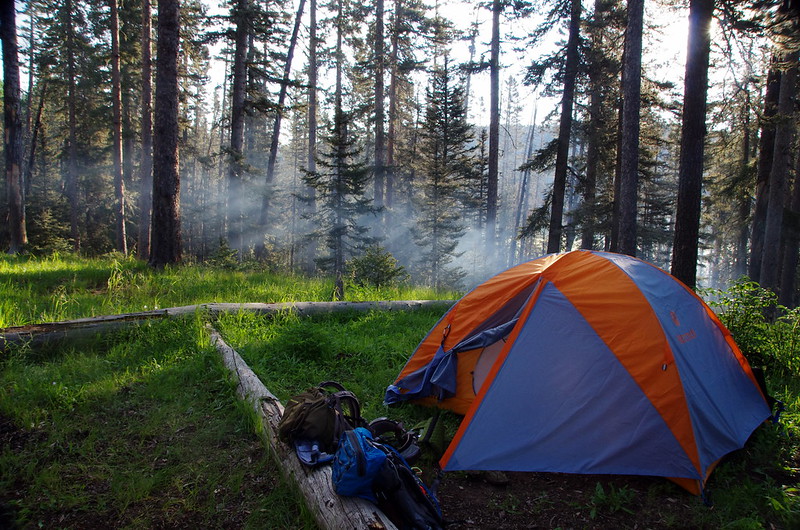
New Mexico’s Pecos Wilderness covers 223,000 acres of Sangre de Cristo Mountains where ancient Native American trails still provide the primary navigation routes. This wilderness sits at the confluence of several ecosystems, creating diverse terrain that ranges from desert valleys to alpine peaks within a single day’s hike.
The combination of elevation changes and remote location creates natural dead zones where even emergency beacons struggle to find satellites. Hikers here learn to appreciate the desert’s subtle beauty without the urge to immediately document and share every cactus bloom and sunset.
Like Travel Pug’s content? Follow us on MSN.
Living Without Digital Dependence
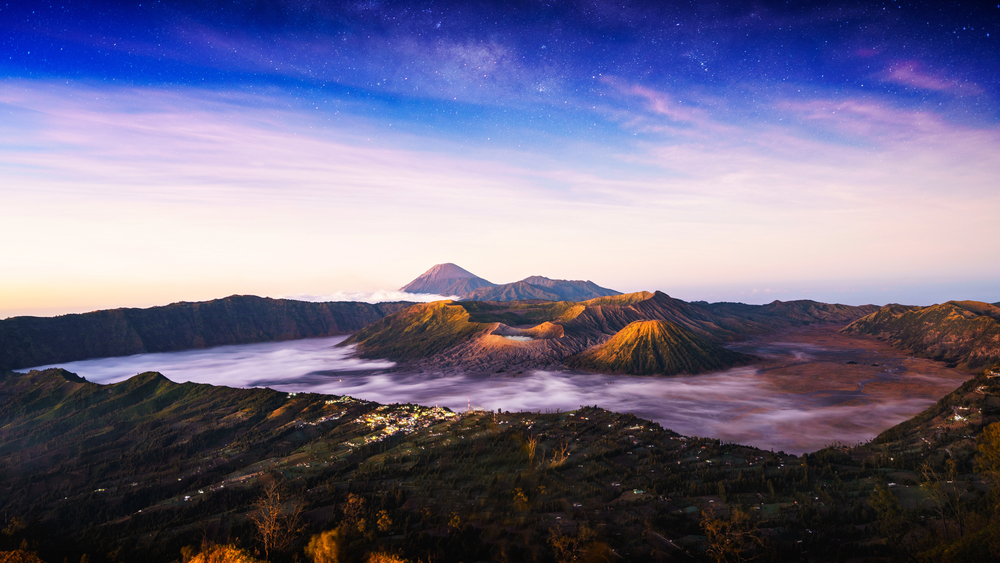
These seventeen mountain hideaways offer more than just scenic beauty — they provide a chance to remember what life feels like without constant digital input. The skills you develop in these communication-free zones, from navigation to weather reading, represent knowledge that humans developed over thousands of years before trading them for GPS apps and weather forecasts.
Perhaps most importantly, these wilderness areas demonstrate that some of life’s most profound experiences happen not when we’re connected to everything, but when we’re disconnected from everything except the natural world around us. The silence found in these remote places isn’t empty — it’s full of possibilities that only emerge when we stop looking at screens and start looking at the world itself.
More from Travel Pug

- 20 Best Beach Towns in the Carolinas
- 13 Destinations Where Tourists Regularly Regret Their Trip
- 20 Things You Actually Get in First Class
- 20 Small Airports With Aviation Museums
- 20 Places in the U.S. That Are Perfect for a Reset Trip
Like Travel Pug’s content? Follow us on MSN.
